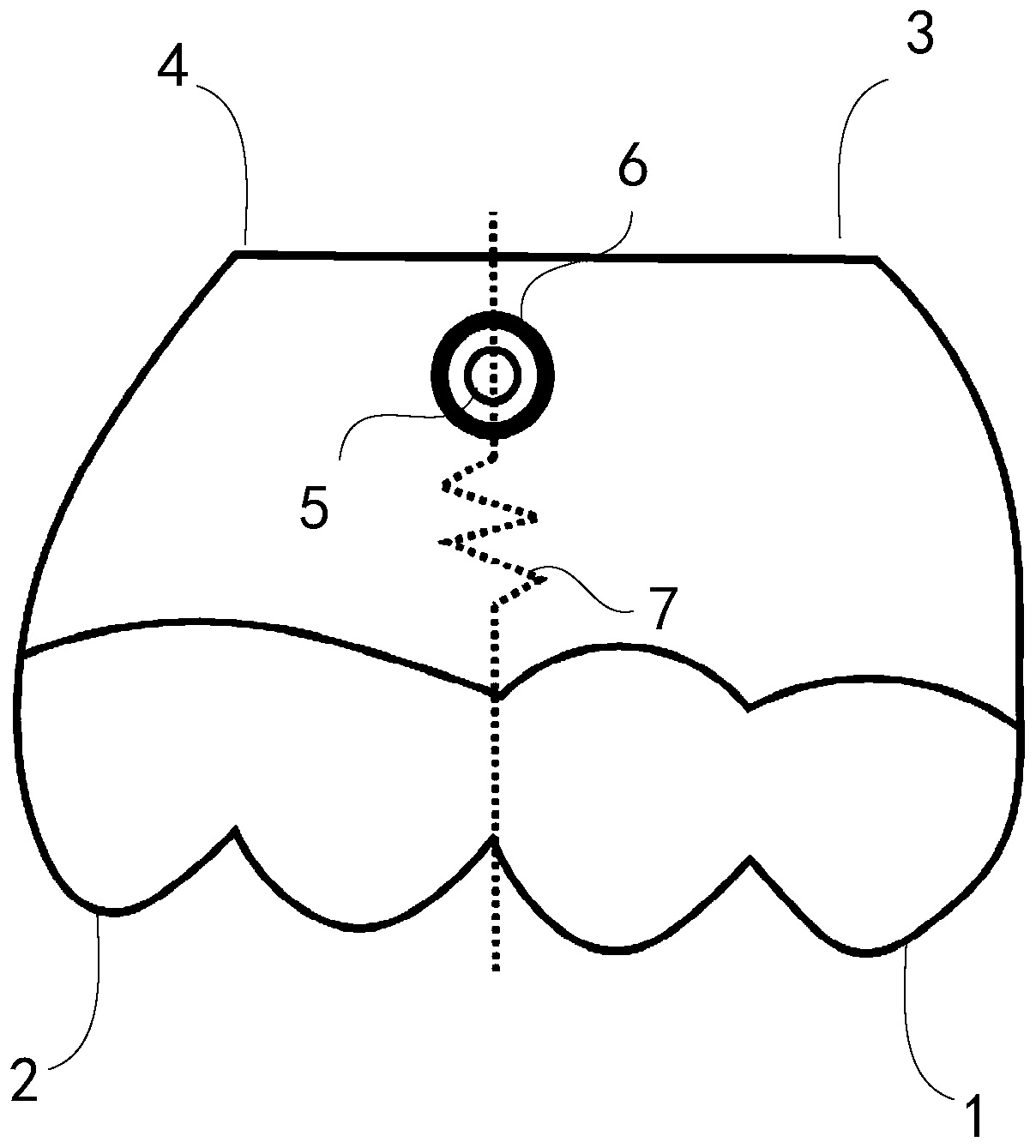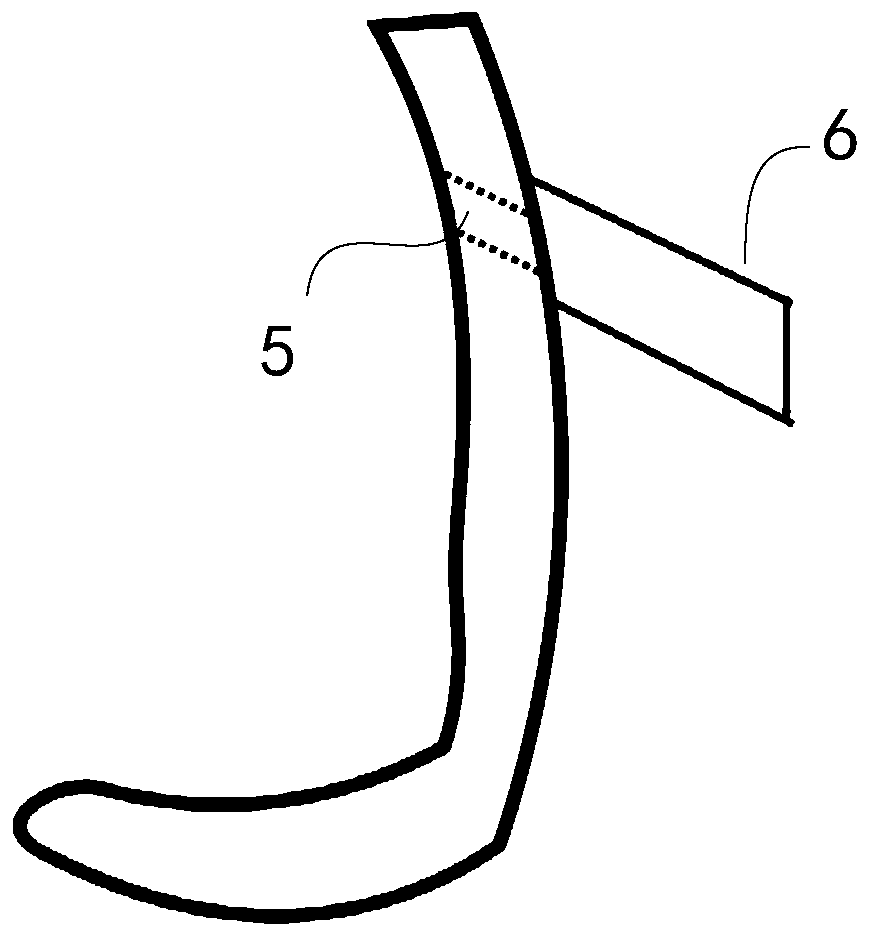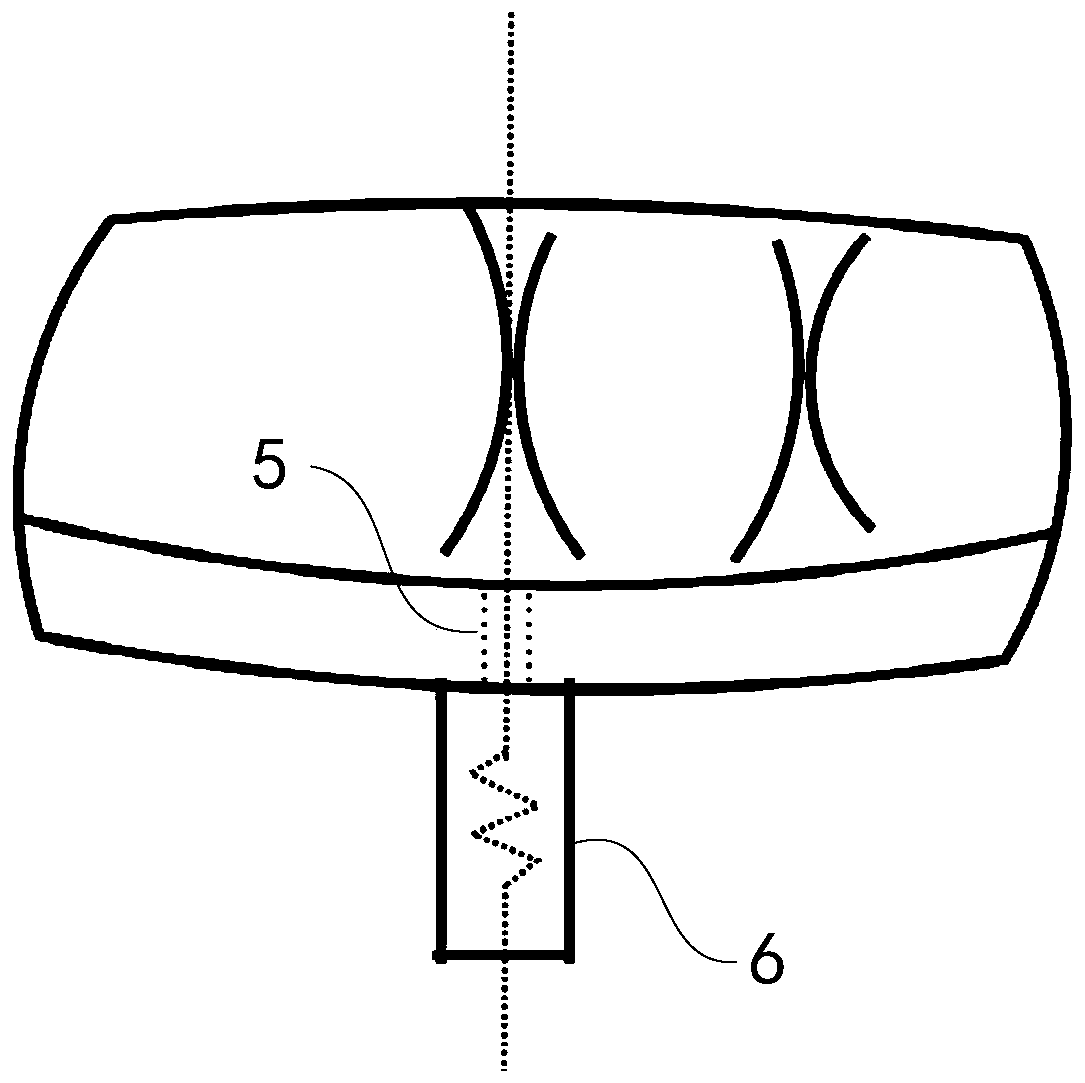3D printed micro-implanting nail guide plate and design method thereof
A micro-implant nail and 3D printing technology, applied in the fields of implantology, medical science, dentistry, etc., can solve the problems of insufficient stability and accuracy, time-consuming and labor-intensive, and increasing errors, so as to improve the implantation accuracy and design. Simple and easy to implement, the effect of ensuring safety
- Summary
- Abstract
- Description
- Claims
- Application Information
AI Technical Summary
Problems solved by technology
Method used
Image
Examples
Embodiment
[0058] In this embodiment, a micro-implant nail is planned to be implanted between the maxillary first molar and the second premolar as an example. The micro-implant screw guide plate includes a tooth surface retention plate, a gingival retention plate and a micro-implant screw guide implantation part, and the thickness is uniform, about 2-3 mm. The tooth surface retention plate includes the distal molar and the mesial two premolars at the site where the micro-implant nail is to be implanted. Between the planned first and second premolars, the retaining part should be the upper jaw The first premolar, the second premolar and the first molar. The gingival retention plate includes a stop of 2-3mm from the gingival margin to the vestibular sulcus from where the micro-implant is implanted. The guiding part is composed of two units, one is the micro-implant screw implant hole that guides the implantation site of the micro-implant, the other is the handle guide tube that guides the ...
PUM
 Login to View More
Login to View More Abstract
Description
Claims
Application Information
 Login to View More
Login to View More - R&D
- Intellectual Property
- Life Sciences
- Materials
- Tech Scout
- Unparalleled Data Quality
- Higher Quality Content
- 60% Fewer Hallucinations
Browse by: Latest US Patents, China's latest patents, Technical Efficacy Thesaurus, Application Domain, Technology Topic, Popular Technical Reports.
© 2025 PatSnap. All rights reserved.Legal|Privacy policy|Modern Slavery Act Transparency Statement|Sitemap|About US| Contact US: help@patsnap.com



